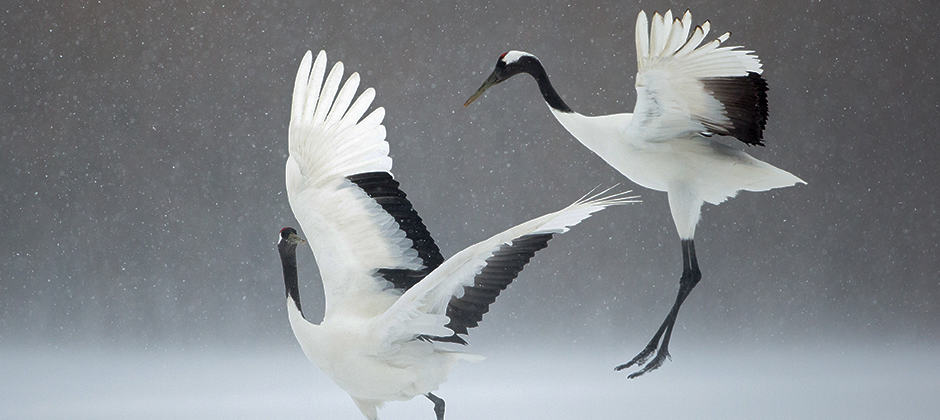Share this article
Can Japan’s red-crowned cranes make it on their own?
Red-crowned cranes are revered in Japan. They appear on currency. They serve as the logo for Japan Airlines. Their mating displays draw birdwatchers and photographers. And they hold symbolic importance. Last year, their conservation status was downlisted from “vulnerable” to “endangered.” Yet the Japanese population relies almost entirely on humans for food, and the wetlands they rely on are dwindling. Some scientists wonder if red-crowned cranes (Grus japonensis) can make it without human help.
“Our first stage of conservation was simply to increase the number,” Osamu Harada, chief ranger at a crane sanctuary, told the New York Times. “But the second stage is to think about how we can help them to live on their own in nature.”
Worried that a disease outbreak could devastate the population, zoos and sanctuaries keep cranes in captivity in case an artificial breeding program is needed, and carcasses and tissue samples are preserved for DNA. Meanwhile, biologists hope to decrease the cranes’ reliance on human feeding and send them in search of food on their own.
Header Image: Red-crowned cranes are at less risk of extinction, but they’re dependent on food from humans. Credit: Martha de Jong-Lantink








